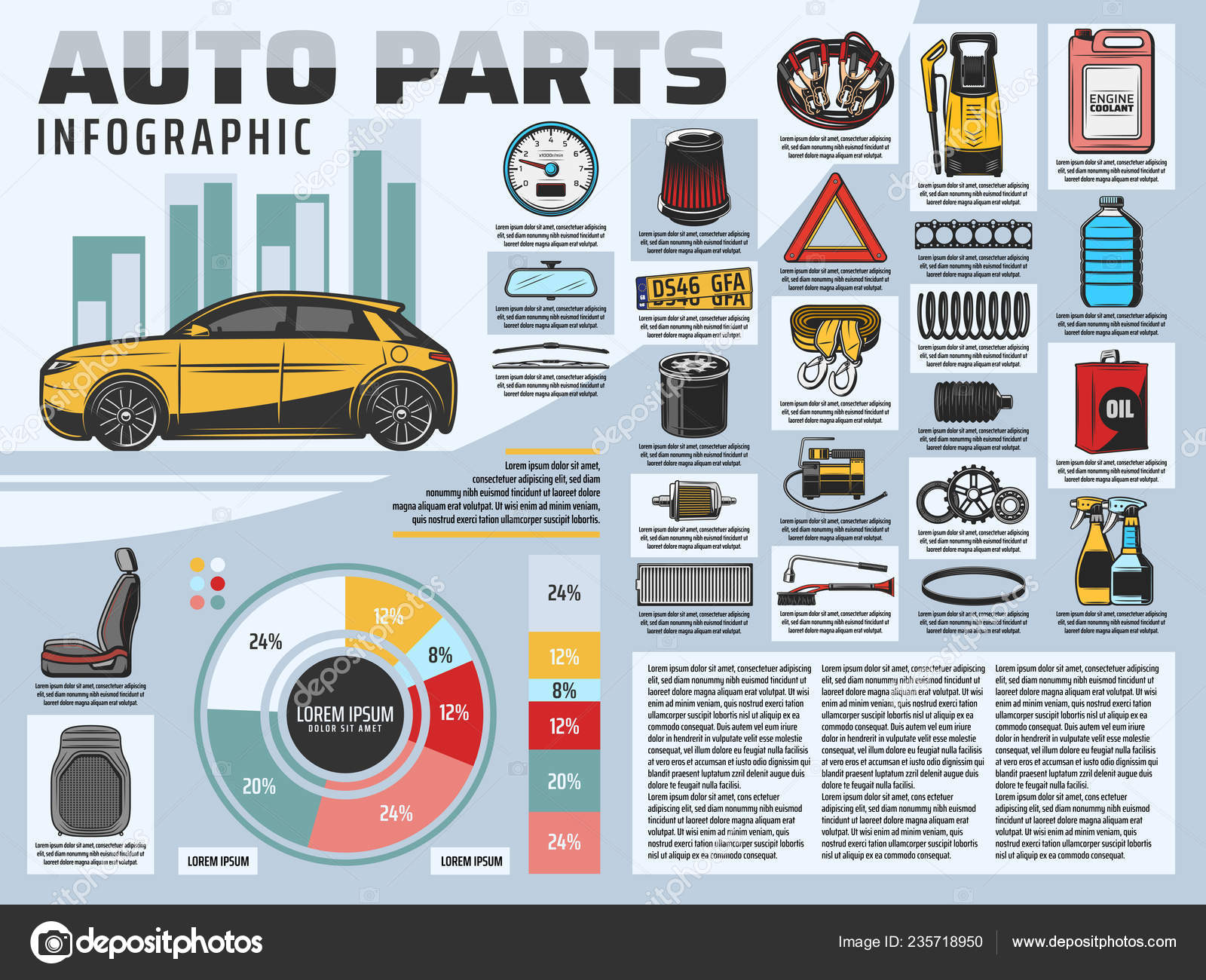When you're behind the wheel, those glowing caution lights on your control panel can be a bit puzzling. Do you understand what they're trying to inform you about your cars and truck's health? Comprehending the significance of these lights is vital for your safety and the durability of your automobile. So, the next time one of those lights pops up, wouldn't you want to understand its message properly and take the needed actions to resolve it?
Common Warning Lights and Interpretations
Identify usual warning lights in your auto and recognize their meanings to ensure secure driving.
One of the most regular warning lights include the check engine light, which signals concerns with the engine or discharges system. If this light begins, it's critical to have your lorry inspected immediately.
The oil pressure warning light indicates reduced oil stress, needing immediate attention to stop engine damage.
A flashing battery light could suggest a malfunctioning charging system, potentially leaving you stranded otherwise addressed.
boat wash monitoring system (TPMS) light informs you to reduced tire pressure, impacting lorry security and fuel efficiency. Overlooking this might cause risky driving problems.
The abdominal muscle light shows a trouble with the anti-lock stopping system, endangering your ability to quit quickly in emergencies.
Lastly, the coolant temperature level cautioning light warns of engine getting too hot, which can result in severe damages if not solved swiftly.
Understanding these usual warning lights will certainly help you deal with issues quickly and preserve risk-free driving conditions.
Relevance of Prompt Interest
Recognizing the typical caution lights in your vehicle is only the first step; the significance of quickly addressing these cautions can not be highlighted sufficient to guarantee your security on the road.
When a caution light brightens on your dashboard, it's your car's method of connecting a prospective problem that needs focus. Ignoring these warnings can cause more serious issues down the road, compromising your safety and possibly costing you a lot more out of commission.
Trigger interest to cautioning lights can avoid breakdowns and accidents. For example, a flashing check engine light might suggest a misfire that, if left unattended, might cause damage to the catalytic converter. Addressing this quickly can conserve you from a pricey fixing.
Similarly, a brake system warning light could indicate low brake liquid or worn brake pads, vital elements for your security when driving.
Do It Yourself Troubleshooting Tips
If you notice a warning light on your dashboard, there are a couple of do it yourself repairing pointers you can attempt prior to seeking specialist help.
The primary step is to consult your automobile's guidebook to understand what the certain warning light suggests. In some cases the problem can be as easy as a loose gas cap setting off the check engine light. Tightening the gas cap might settle the issue.
Another usual concern is a reduced battery, which can cause various alerting lights. Inspecting see this for corrosion and guaranteeing they're safe and secure could take care of the issue.
If a warning light continues, you can try resetting it by disconnecting the car's battery for a few minutes and afterwards reconnecting it. Additionally, checking your car's liquid levels, such as oil, coolant, and brake fluid, can help troubleshoot advising lights related to these systems.
Conclusion
In conclusion, understanding your car's caution lights is important for maintaining your car running efficiently and safely. By immediately attending to these signals and understanding what they mean, you can avoid costly repair services and potential break downs.
Keep in view it now to consult your automobile's manual for particular information on each warning light and act appropriately to make sure a hassle-free driving experience.
Keep notified, stay secure when driving!
